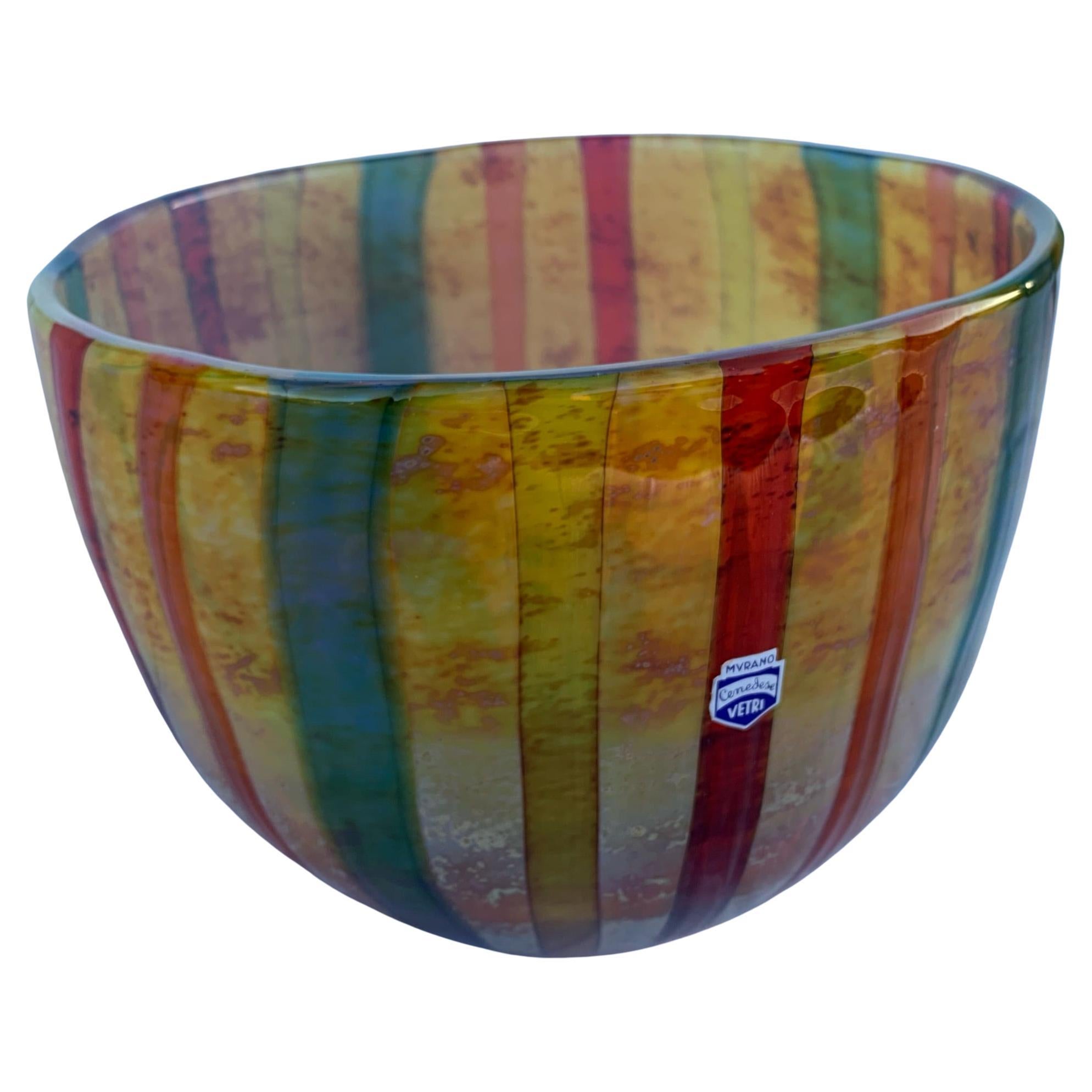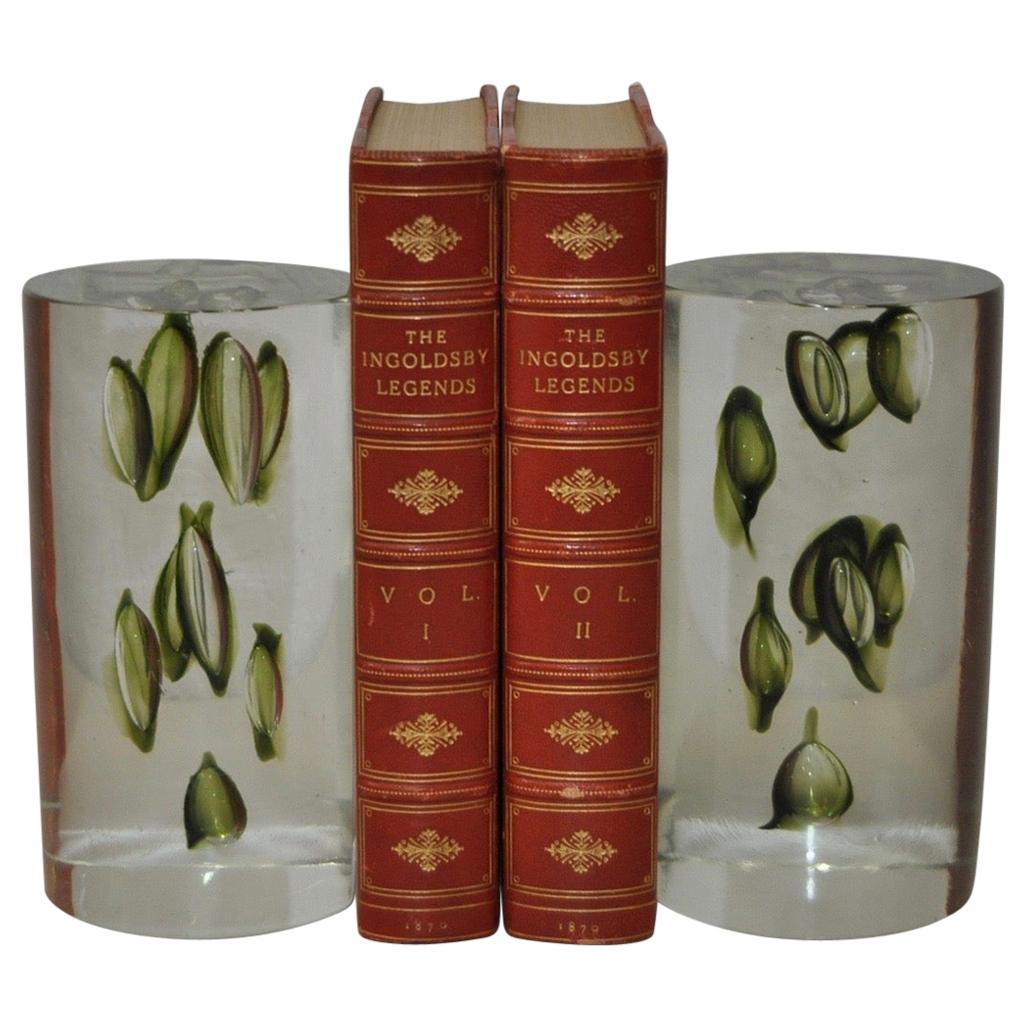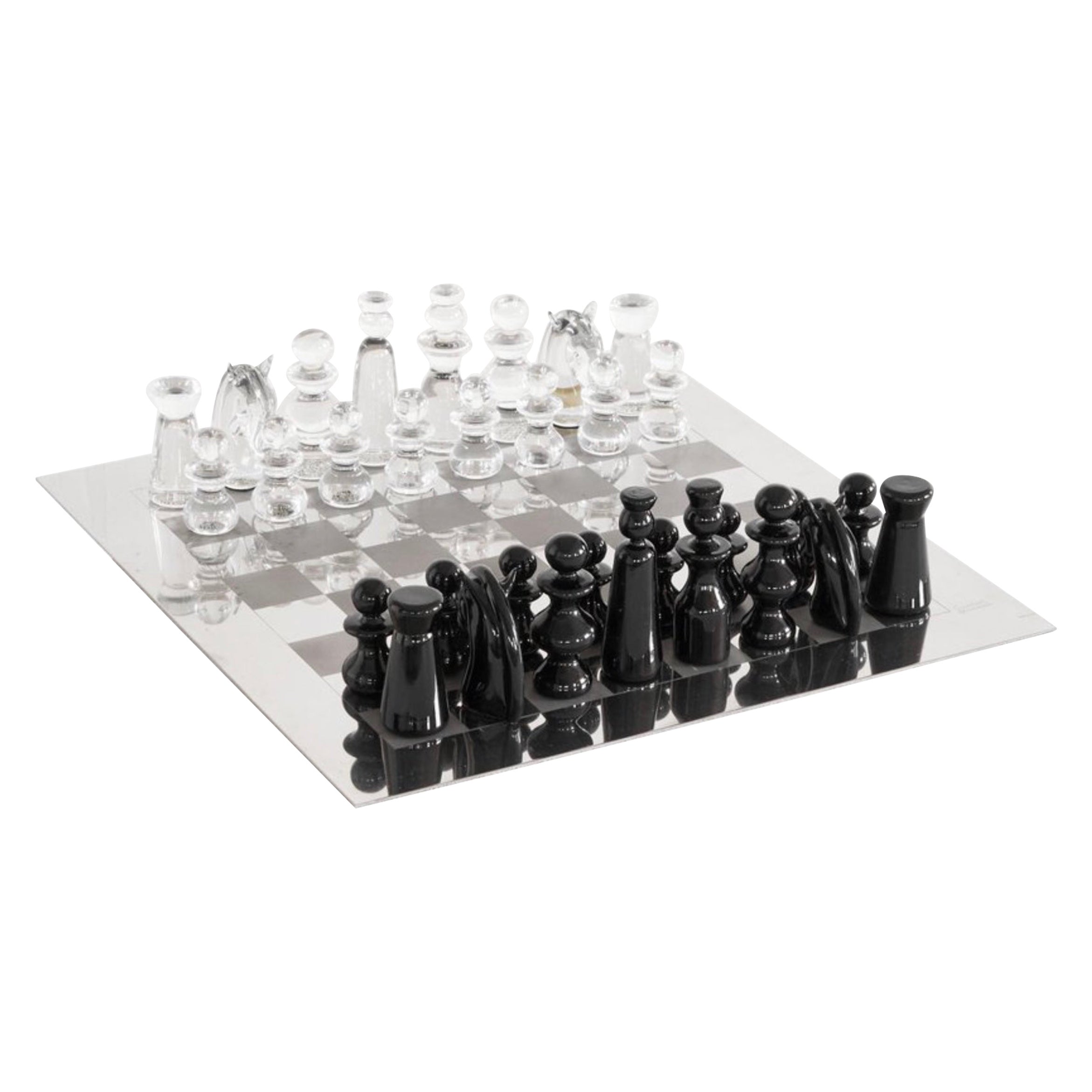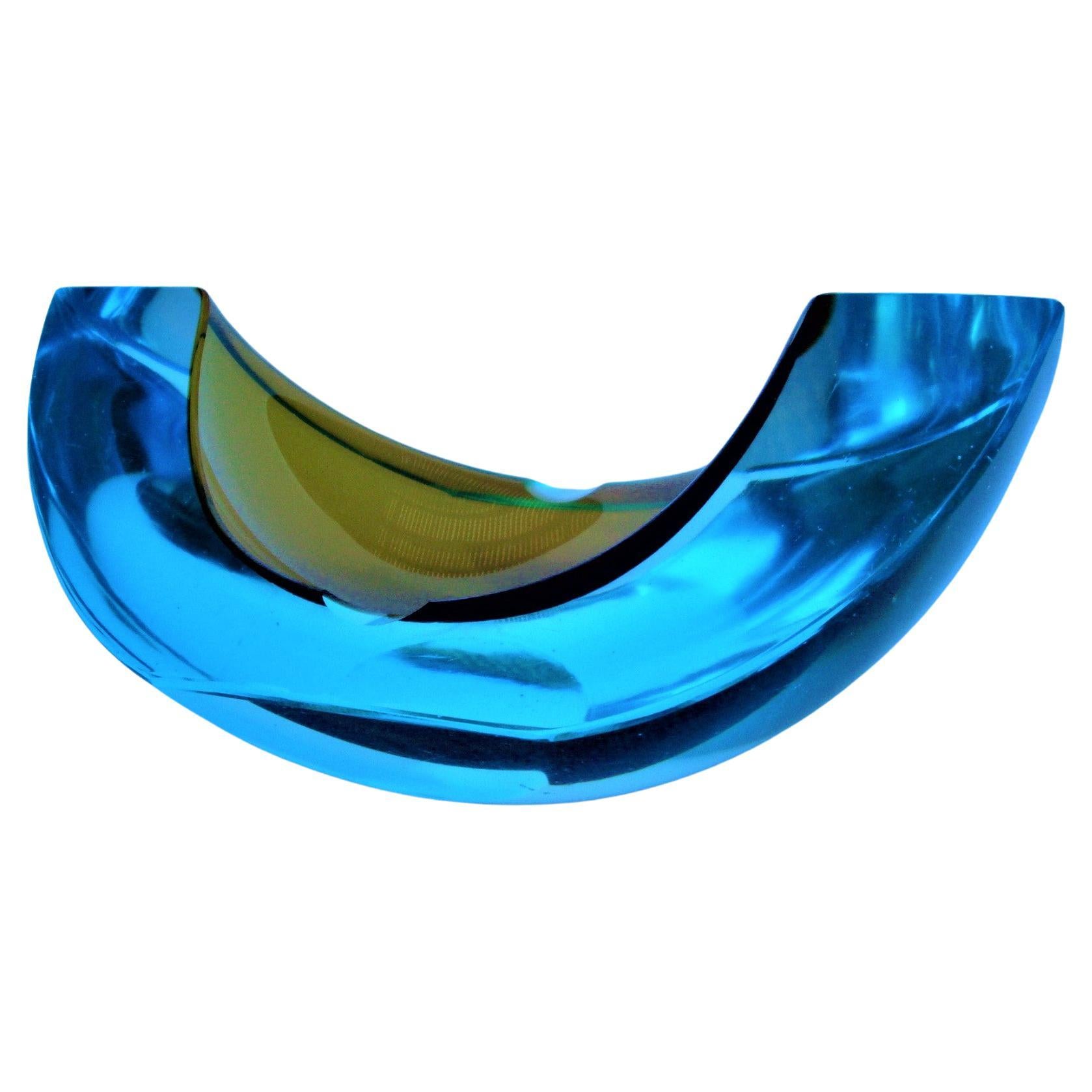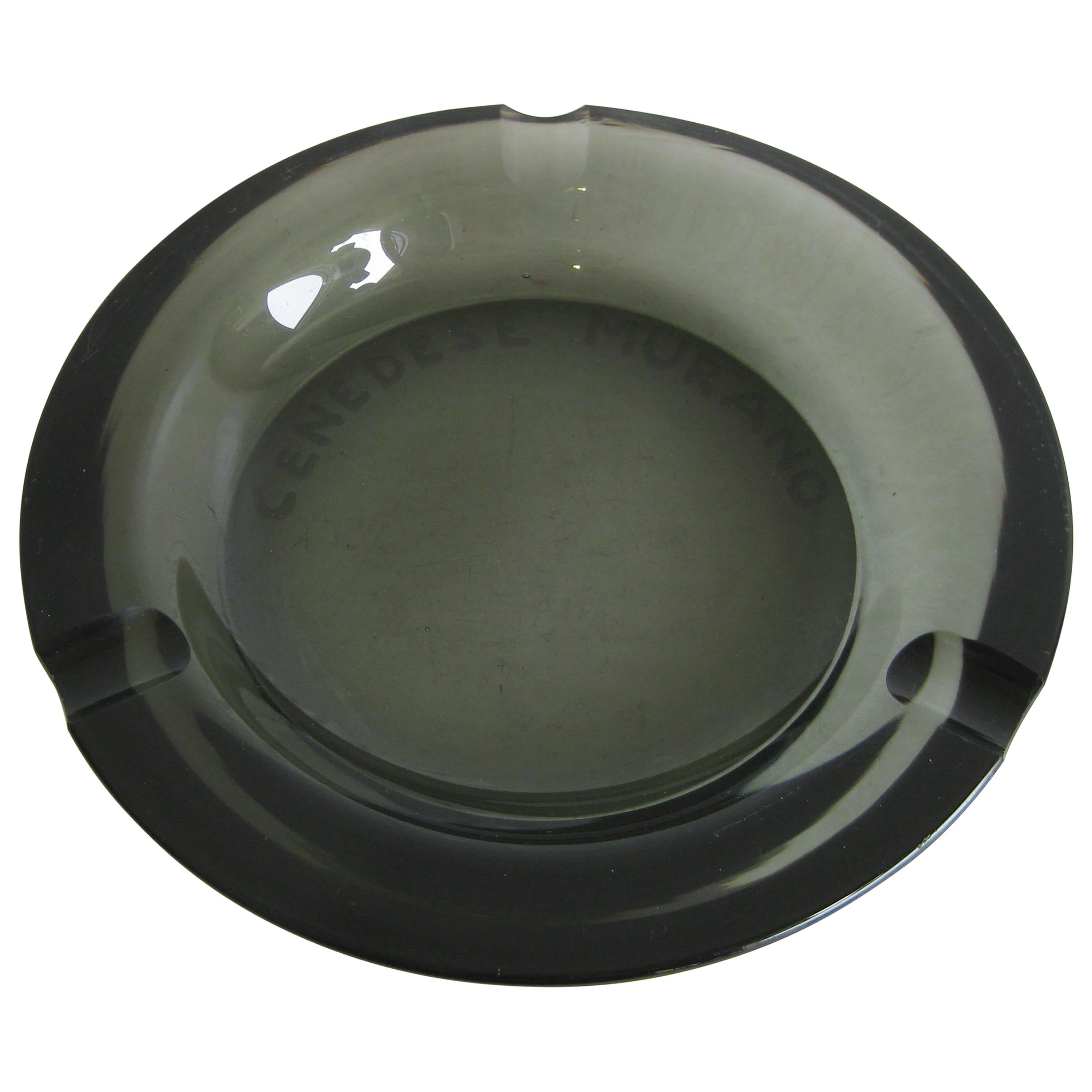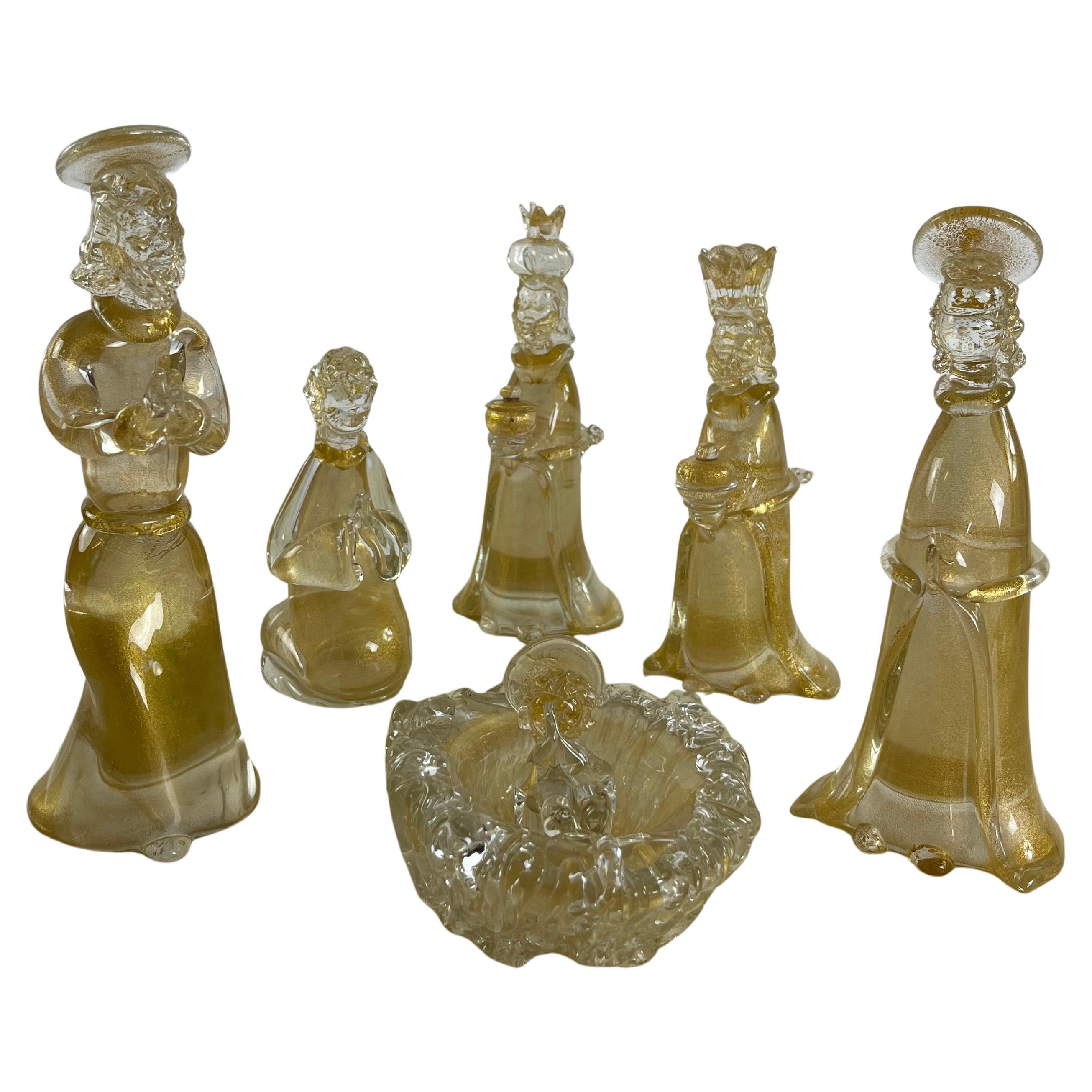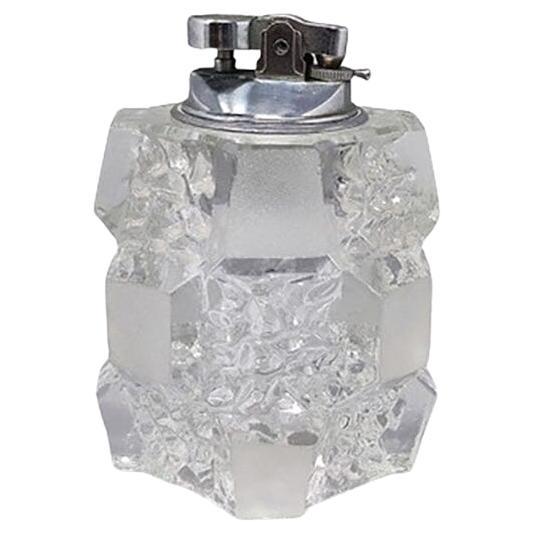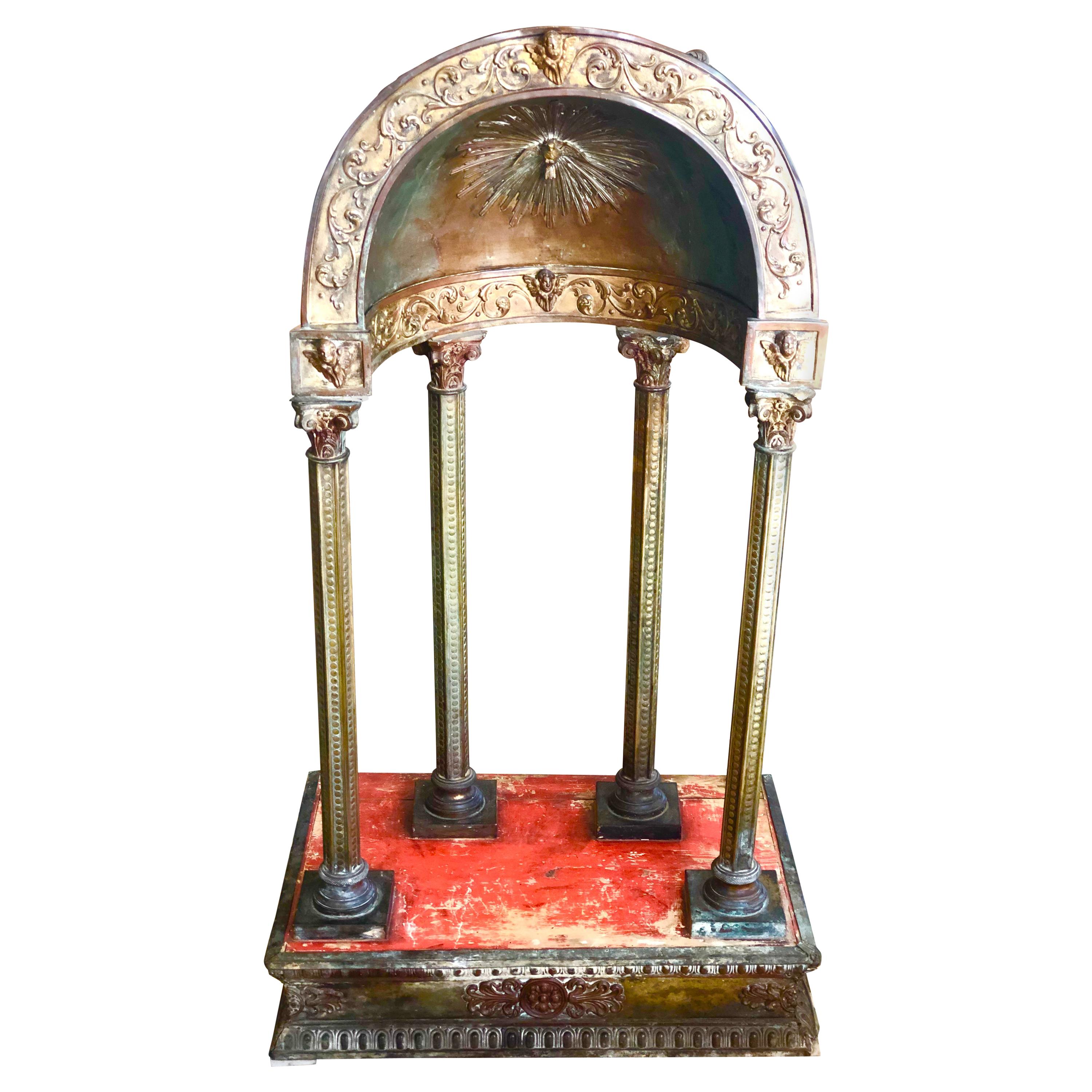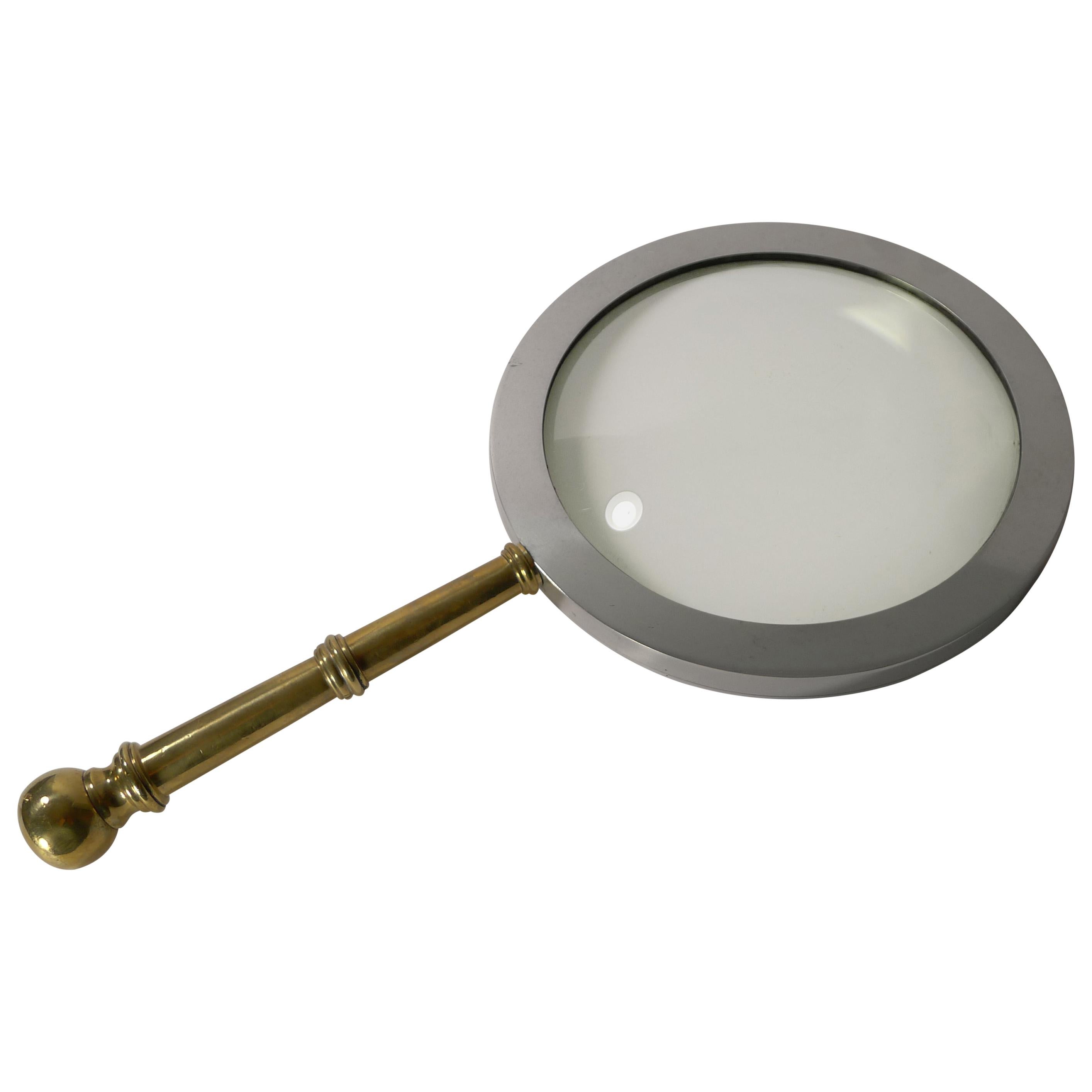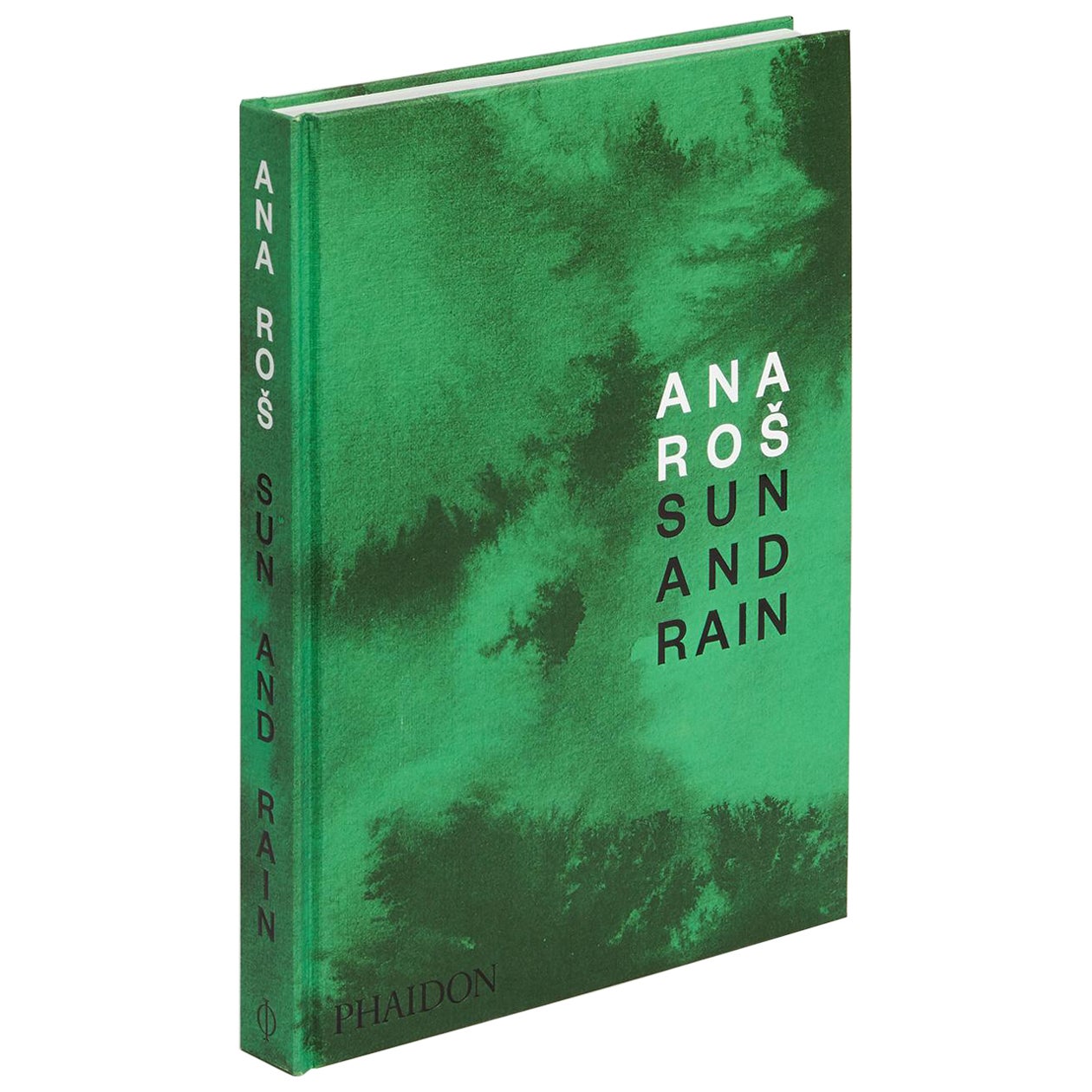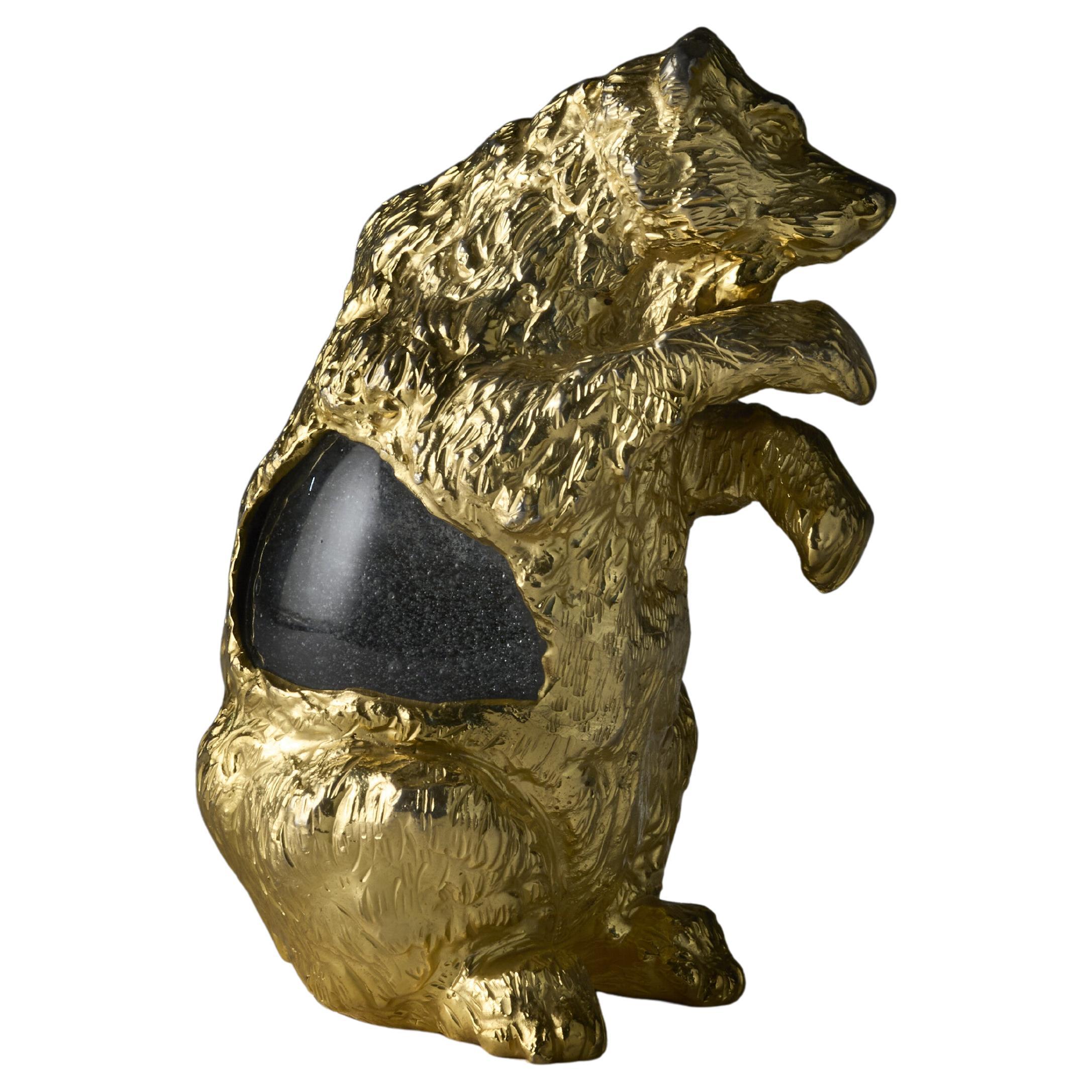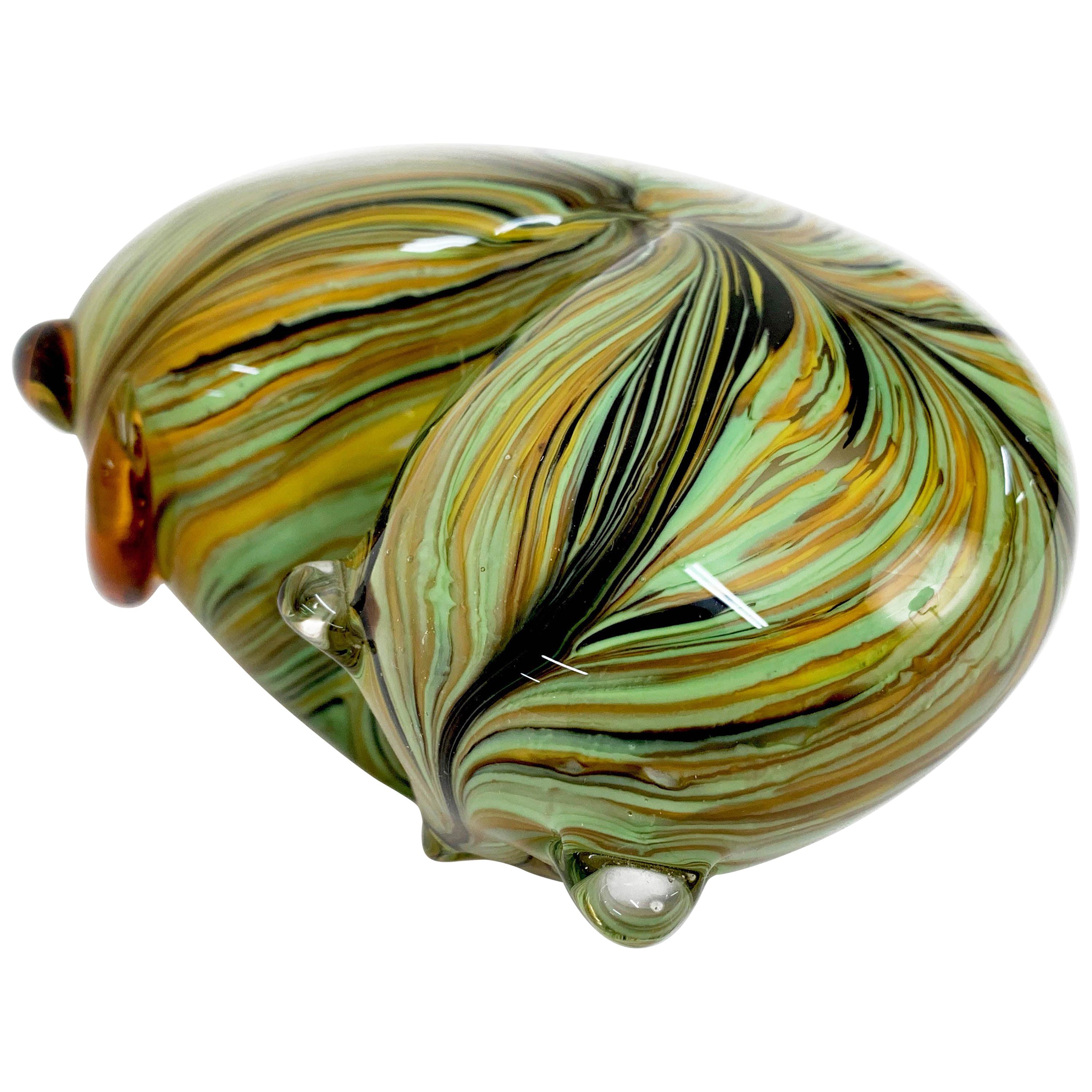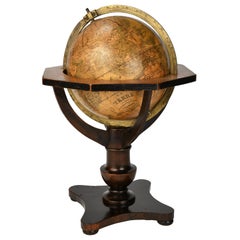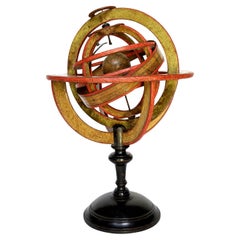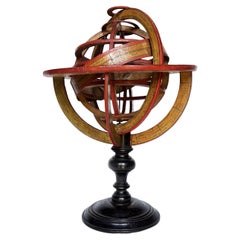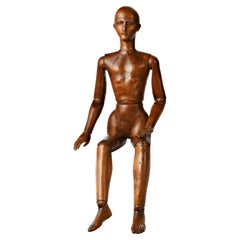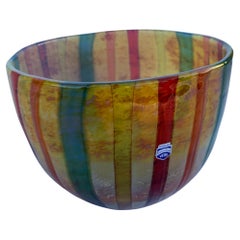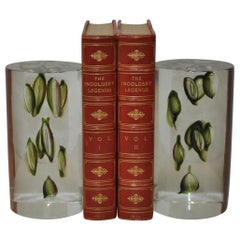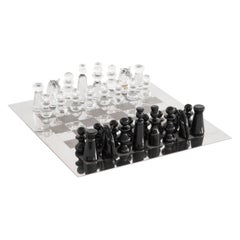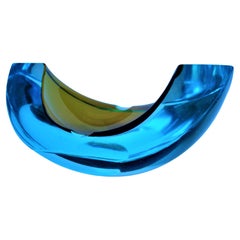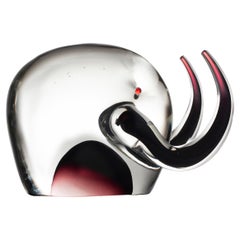
Mammoth Glass Sculpture, Antonio Da Ros, Vetreria Cenedese, Murano, 1964
View Similar Items
Video Loading
Want more images or videos?
Request additional images or videos from the seller
1 of 18
Mammoth Glass Sculpture, Antonio Da Ros, Vetreria Cenedese, Murano, 1964
$4,714.49List Price
About the Item
- Attributed to:Antonio da Ros (Author)
- Dimensions:Height: 5.04 in (12.8 cm)Width: 7.68 in (19.5 cm)Depth: 5.12 in (13 cm)
- Style:Other (Of the Period)
- Materials and Techniques:
- Place of Origin:
- Period:
- Date of Manufacture:Circa 1964
- Condition:Wear consistent with age and use. Intact.
- Seller Location:Milano, IT
- Reference Number:1stDibs: LU4352237522362
About the Seller
4.3
Vetted Professional Seller
Every seller passes strict standards for authenticity and reliability
Established in 1860
1stDibs seller since 2018
21 sales on 1stDibs
Associations
International Confederation of Art and Antique Dealers' Associations
Authenticity Guarantee
In the unlikely event there’s an issue with an item’s authenticity, contact us within 1 year for a full refund. DetailsMoney-Back Guarantee
If your item is not as described, is damaged in transit, or does not arrive, contact us within 7 days for a full refund. Details24-Hour Cancellation
You have a 24-hour grace period in which to reconsider your purchase, with no questions asked.Vetted Professional Sellers
Our world-class sellers must adhere to strict standards for service and quality, maintaining the integrity of our listings.Price-Match Guarantee
If you find that a seller listed the same item for a lower price elsewhere, we’ll match it.Trusted Global Delivery
Our best-in-class carrier network provides specialized shipping options worldwide, including custom delivery.More From This Seller
View AllGerman Globe by C. Abel-Klinger, Nuremberg, circa 1860
By C. Abel-Klinger
Located in Milano, IT
Terrestrial globe
Artistic company C. Abel - Klinger
Nuremberg, circa 1860
H cm 31 x 22 cm (12.20 x 8.66 in); sphere 14 cm (5.51 in) in diameter
lb 2.30 (kg 1.04)
State of conservation: good. On the sphere there are slight visible signs of accidental bumping at the poles, as well as on New Guinea and England (vertical and more visible); some ink stains, especially at the South Pole and on the meridian that crosses North America.
The globe is composed of twelve whole gores of printed paper, juxtaposed and glued on a sphere made with a chalky base mixture.
The circle of the meridian, made of brass...
Category
Antique 1860s German Other Scientific Instruments
Materials
Wood, Paper
Ptolemaic Armillary Sphere, Charles-François Delamarche, Paris, ante 1798
By Charles Francois Delamarche
Located in Milano, IT
Ptolemaic armillary sphere
Charles-François Delamarche
Paris, ante 1798
Wood and papier-mâché
covered with printed and partly hand-colored paper
It measures 16.37 in in height x Ø 10.94 in (41.60 cm - Ø 27.80 cm)
It weights 2.33 lb (1,058 g)
State of conservation: consistent with its age and use, the paper shows some signs of use, stains and abrasions.
The sphere is Ptolemaic, with the Earth placed at its center, surrounded by the Moon and the Sun mounted on two metal arms.
The sphere is composed of six horizontal and two vertical rings (armillae), each bearing graduations and its own name.
The first horizontal ring is illegible. The others, in descending order are: North Pole, Tropic of Cancer, Equator, Tropic of Capricorn, South Pole.
The vertical rings consist of two double meridians.
The sphere is then connected to the large meridian by two pins, a vertical ring inserted perpendicularly into the circle of the Horizon, in turn supported by four semicircles connected to the turned and black-stained wooden base.
Each element is covered with printed paper. It contains various pieces of information: latitudes, length of days, names and zodiac symbols, calendar, wind directions, etc.
The vertical circles mention the latitudes and longitudes of different cities: Rome, Bordeaux, Madrid, Boston, Batavia (Jakarta), Acapulco, etc.
Even the small terrestrial globe is covered with printed paper: continents and oceans appear with numerous geographical markings indicating the most recent explorations.
In the Pacific Ocean, west of South America bears the following inscription:
GLOBE
TERRESTRIAL
à Paris
chez Delamarche Géog
Rue du Foin Jacques
Au Collège de
M.e Gervais
The North American coasts are well delineated and California appears correctly as a peninsula - reports from Spanish explorers in the region had given rise to confusion as to whether it was connected to the mainland or not. The geographical nature of California was confirmed after the explorations of Juan Bautista de Anza (1774-1776).
Alaska is not described and is only partially traced; it would become part of the United States in 1867.
Various Pacific islands are indicated.
Australia (the name definitely used from 1824) is called "Nouvelle Hollande."
Tasmania is still represented as a peninsula and this is an important detail for the dating of our armillary sphere.
The island is separated from Australia by Bass Strait, which was crossed by Matthew Flinders for the first time in 1798, showing that it was not a peninsula. Delamarche certainly would not have waited a long time to update such an important geographical datum: presumably he did so shortly after receiving the news.
Charles-François Delamarche (1740-1817) founded his laboratory around 1770 and, in a few years, he became the most famous French cartographer and globe maker between the 18th and 19th centuries. After having acquired the laboratory of the late Didier Robert de Vaugondy (1723-1786; himself a renowned cartographer who continued the family business founded by his grandfather Nicolas Sanson in the seventeenth century) and after having purchased, between 1788 and around 1800, the businesses of Jean-Baptiste Fortin (1750-1831) and Jean Lattré (around 1750-1800), he began to call himself "Successeur de MM. Sanson and Robert de Vaugondi, Géographes du Roi and de M. Fortin, Ingénieur-mécanicien du Roi pour les globes et les sphères."
Thus, at the end of the eighteenth century, Delamarche possessed the warehouse stocks, as well as the manufacturing skills of the globes of his main rivals in Paris.
In addition to this aggressive acquisition policy, the key to its success also lay in the combination of high-quality cartography combined with extremely attractive globes and armillary spheres; and, of course, its famous red paint finishing touch.
His laboratory was located on Rue de Foin St Jacques "au Collège Me. (or "Mtre") Gervais" in the Latin Quarter of Paris until around 1805, when he moved to rue du Jardinet No. 13.
On the death of Charles-François in 1817, the reins of the company passed to his son Félix (1779-1835), who continued to publish, often in collaboration with the engraver Charles Dien, Sr. In 1835 the company first moved to rue du Jardinet No. 12 and a little later to rue du Battoir No. 7.
Bibliography:
Dekker, Elly, et al. Globes at Greenwich...
Category
Antique 1790s French Other Scientific Instruments
Materials
Wood, Paper
Ptolemaic Armillary Sphere, Charles-François Delamarche, Paris, ante 1798
By Charles Francois Delamarche
Located in Milano, IT
Ptolemaic armillary sphere
Charles-François Delamarche
Paris, ante 1798
Wood and papier-mâché
covered with printed and partly hand-colored paper
It measures 15.55 in in height x Ø 10...
Category
Antique 1790s French Other Scientific Instruments
Materials
Wood, Paper
19th Century Italian Wood Mannequin, Circa 1870-1880
Located in Milano, IT
Mannequin
Sculpted and carved wood
Italy or France, second half of the 19th century.
It measures 25.59 x 6.29 x 3.54 in (65.5 x 16 x 9 cm)
It weighs 2.2 lb circa (1 kg circa)
St...
Category
Antique 1870s Italian Other Figurative Sculptures
Materials
Wood
Late 19th Century Italian Wood Mannequin, circa 1880
Located in Milano, IT
Atelier mannequin
graven and carved stone pine wood
Italy, late 19th century
Measures: H 102 cm x 25 cm x 14 cm
H 40.15 in x 9.84 in x 5.51 in
Weight: circa kg 4
State of conse...
Category
Antique 1880s Italian Other Figurative Sculptures
Materials
Wood
Celestial Table Globe, Charles-François Delamarche, Paris, 1791
By Charles Francois Delamarche
Located in Milano, IT
Celestial table globe
Charles-François Delamarche
Paris, 1791
It measures: 17.13 in in height, Ø max 27.7 in; the sphere Ø 7.09 in
(h 43.5 cm x Ø max 27.7 cm; the sphere Ø 18 cm).
W...
Category
Antique 1790s French Other Scientific Instruments
Materials
Metal
You May Also Like
Murano Cenedese Vetri Glass Bowl
Located in Napa, CA
Murano Cenedese Vetri glass bowl.
Category
20th Century Scientific Instruments
Materials
Metal
Antonio da Ros Handmade Glass Sculptural Bookends, circa 1960
Located in San Francisco, CA
Antonio da Ros handmade glass sculptural bookends, circa 1960
Absolutely beautiful vintage 1960s bookends by noted Italian glass master Antonio da Ros.
This matching pair measu...
Category
Mid-20th Century Italian Mid-Century Modern Bookends
Materials
Art Glass
Gino Cenedese Ultra Rare Murano Glass Chess Set 1960s
By Gino Cenedese, Cenedese
Located in Meer, VAN
Gino Cenedese Ultra Rare Murano Glass Chess Set, Venice, Italy, 1960s.
This is a highly rare Murano glass chess set by Gino Cenedese - one of the famo...
Category
Mid-20th Century Italian Mid-Century Modern Games
Materials
Metal
Large Cenedese Italian Sommerso Murano Glass Ashtray, Italy 1960´s
By Cenedese
Located in Buenos Aires, Olivos
Large Cenedese Italian Sommerso Murano glass ashtray. Italy 1960´s
Utilizing the Sommerso technique this large, heavy piece of glass features an unusual design.
It looks like a secci...
Category
Mid-20th Century Italian Mid-Century Modern Tobacco Accessories
Materials
Murano Glass
Italian Modernist Cenedese Barbini Murano Art Glass Advertising Cigar Ashtray
By Cenedese
Located in San Diego, CA
Very unique Cenedese Murano art glass ashtray, circa 1950s. Appears it could have been an advertising piece. Signed on the underside. Color is...
Category
Mid-20th Century Italian Tobacco Accessories
Materials
Art Glass
Mid-Century Nativity In Murano Glass Attributed To Gino Cenedese, 1960s
By Gino Cenedese
Located in Palermo, IT
Mid-Century Nativity in Murano glass attributed to Gino Cenedese, 1960s
Purchased by my grandparents in one of the most prestigious shops in Piazza San Marco, in Venice, during their...
Category
Vintage 1960s Italian Religious Items
Materials
Murano Glass
Recently Viewed
View AllMore Ways To Browse
Alexandrite Glass
Amber Glass Window
Alfredo Barbini Scavo
Barbini Murano Scavo
Licata Riccardo
Vintage Amber Water Glasses
Cenedese Aquarium
Alexandrite Murano
Cenedese Aquarium Murano
Barbini Aquarium
Alfredo Barbini Aquarium
Enzo Mari Design E Design
Alexandrite Vase
Barbini Scavo Vase
Leonardo Glass Vase
Cenedese Bianconi
Aquarium Vase
Enzo Mari Puzzle
